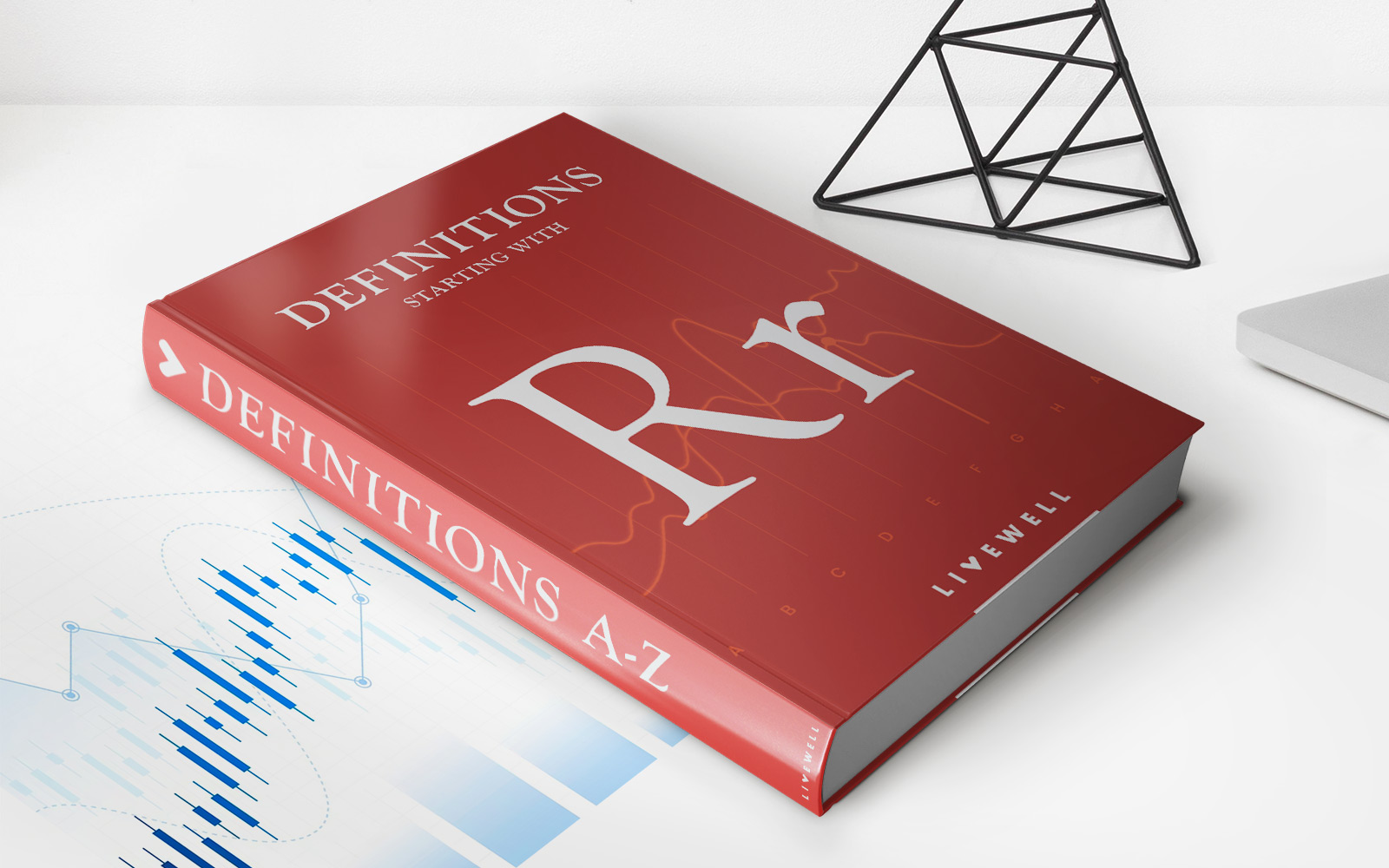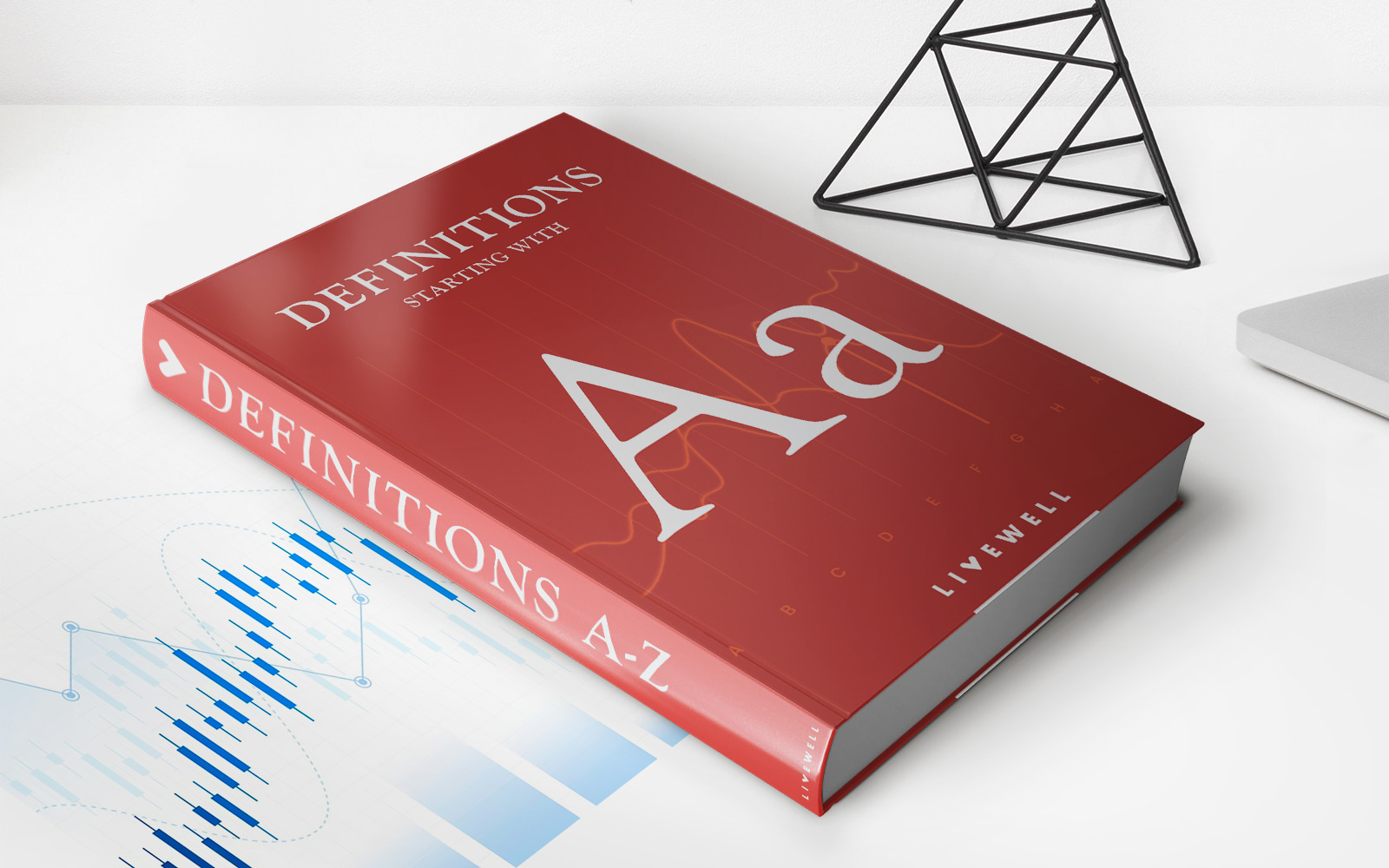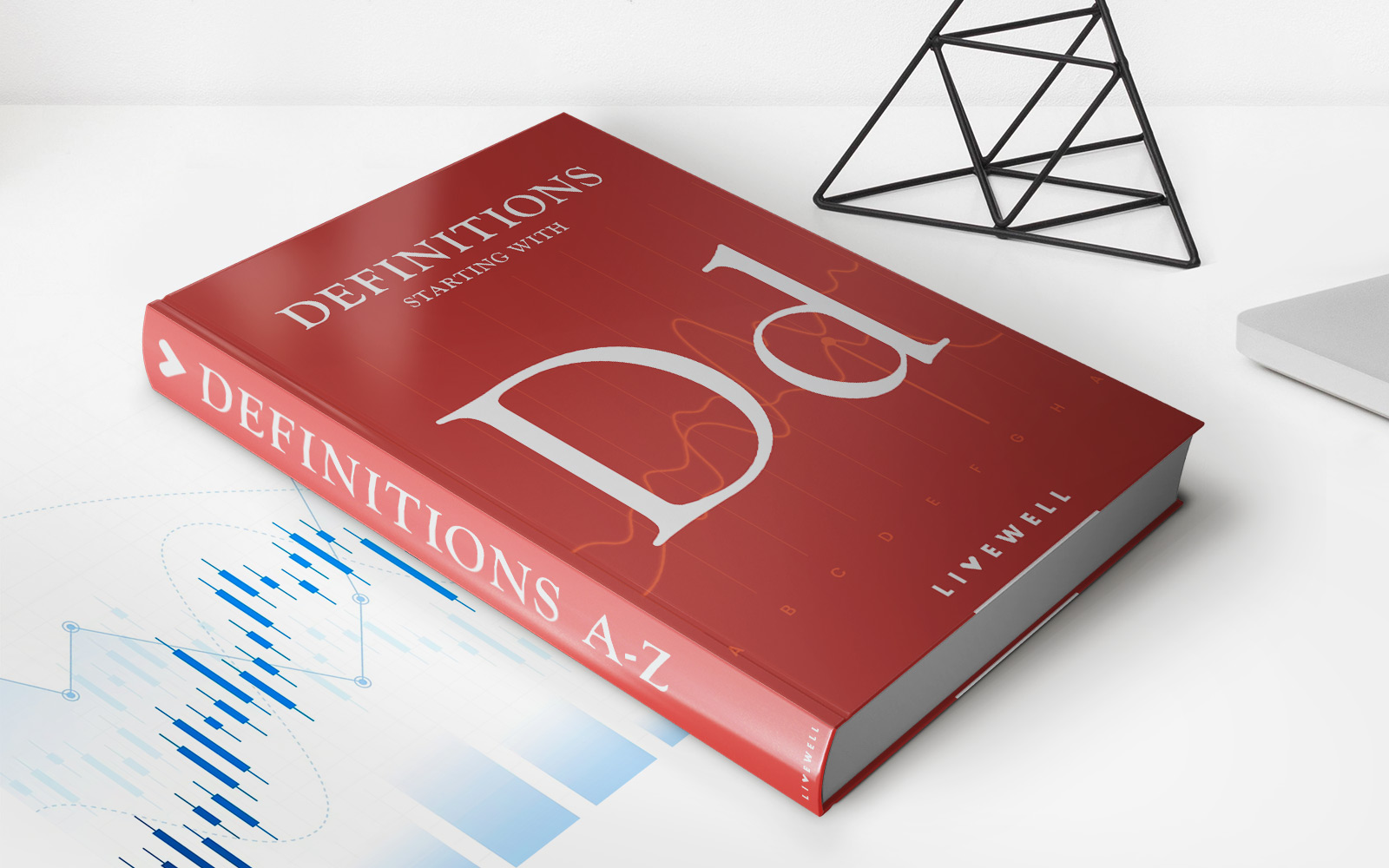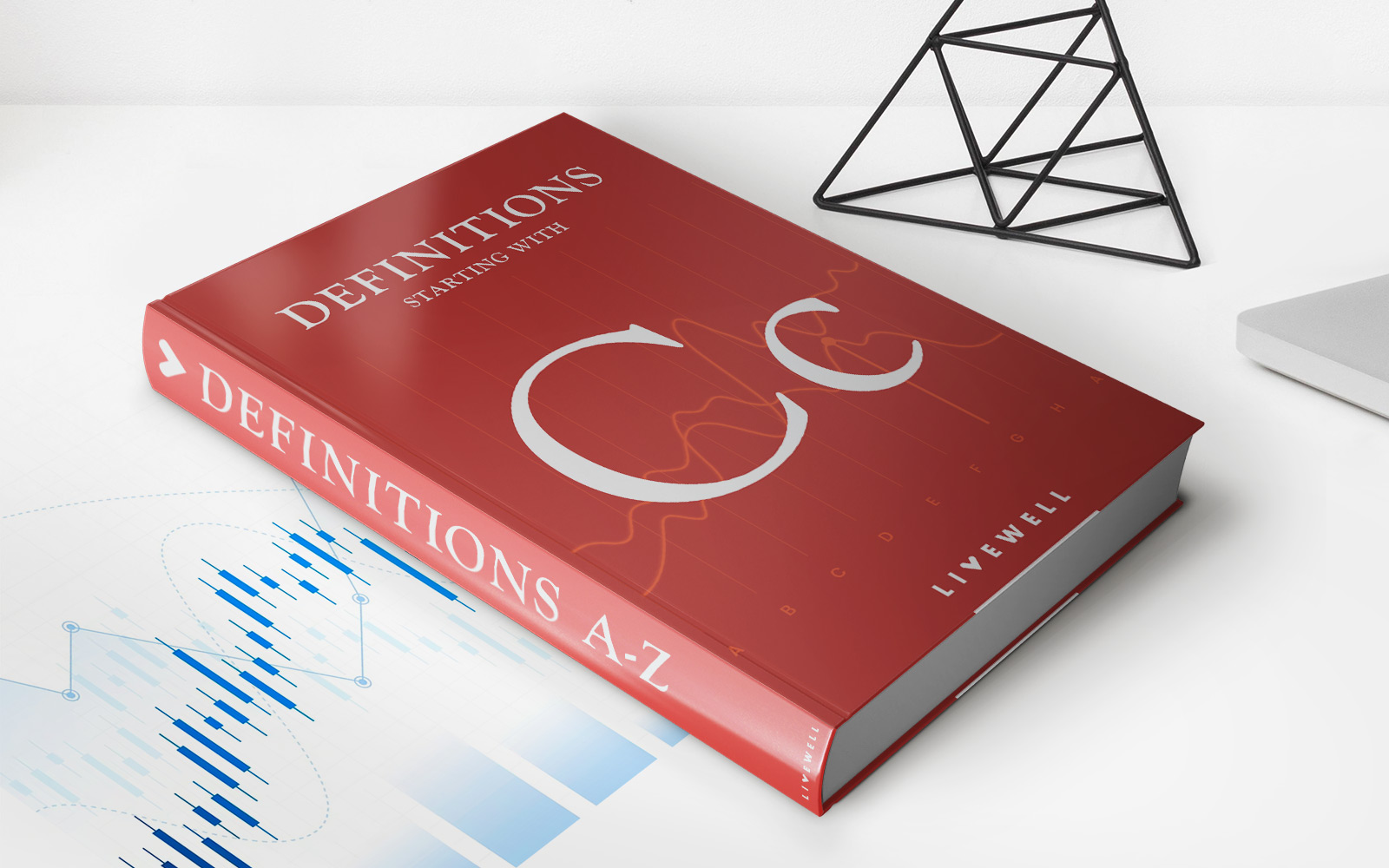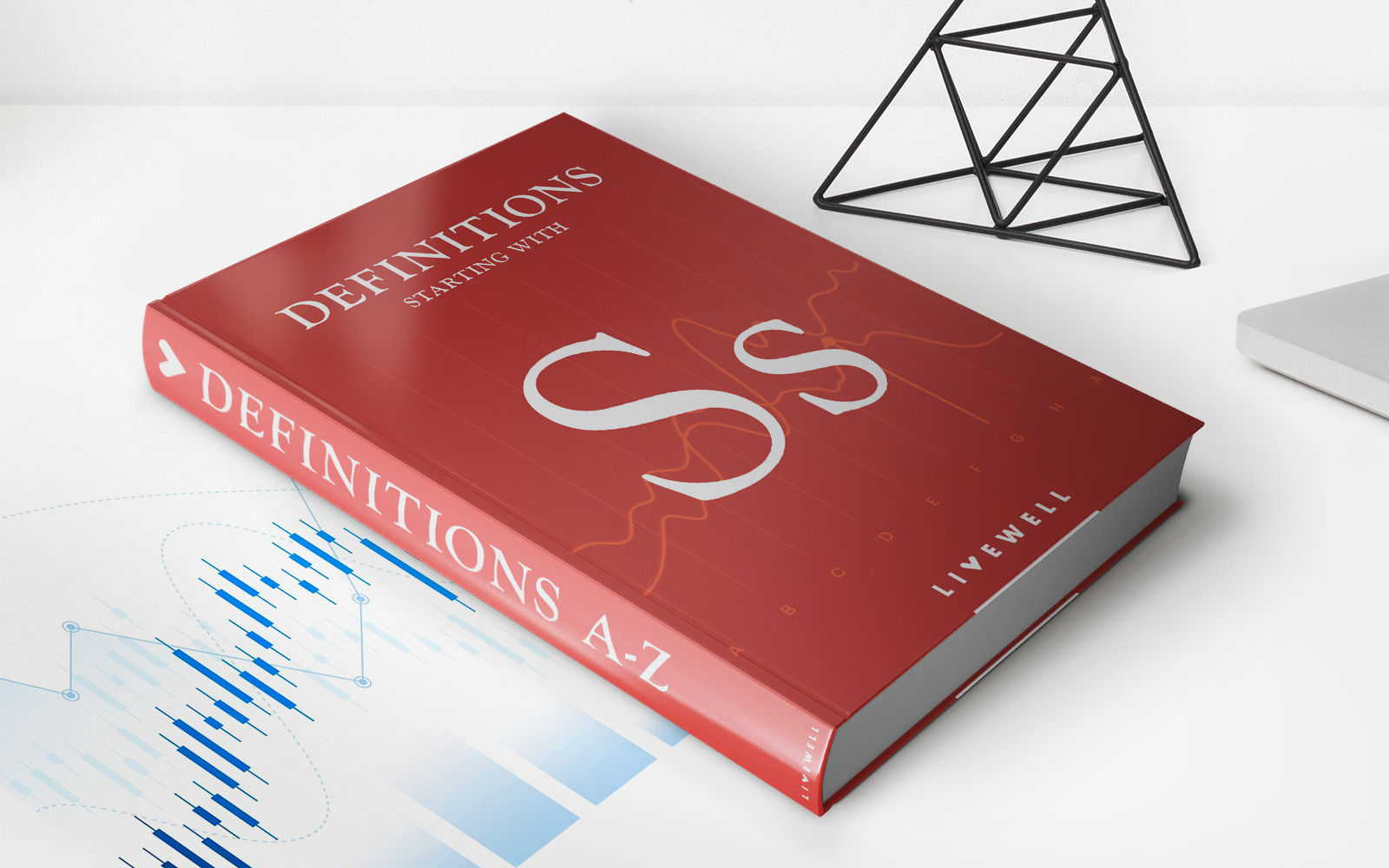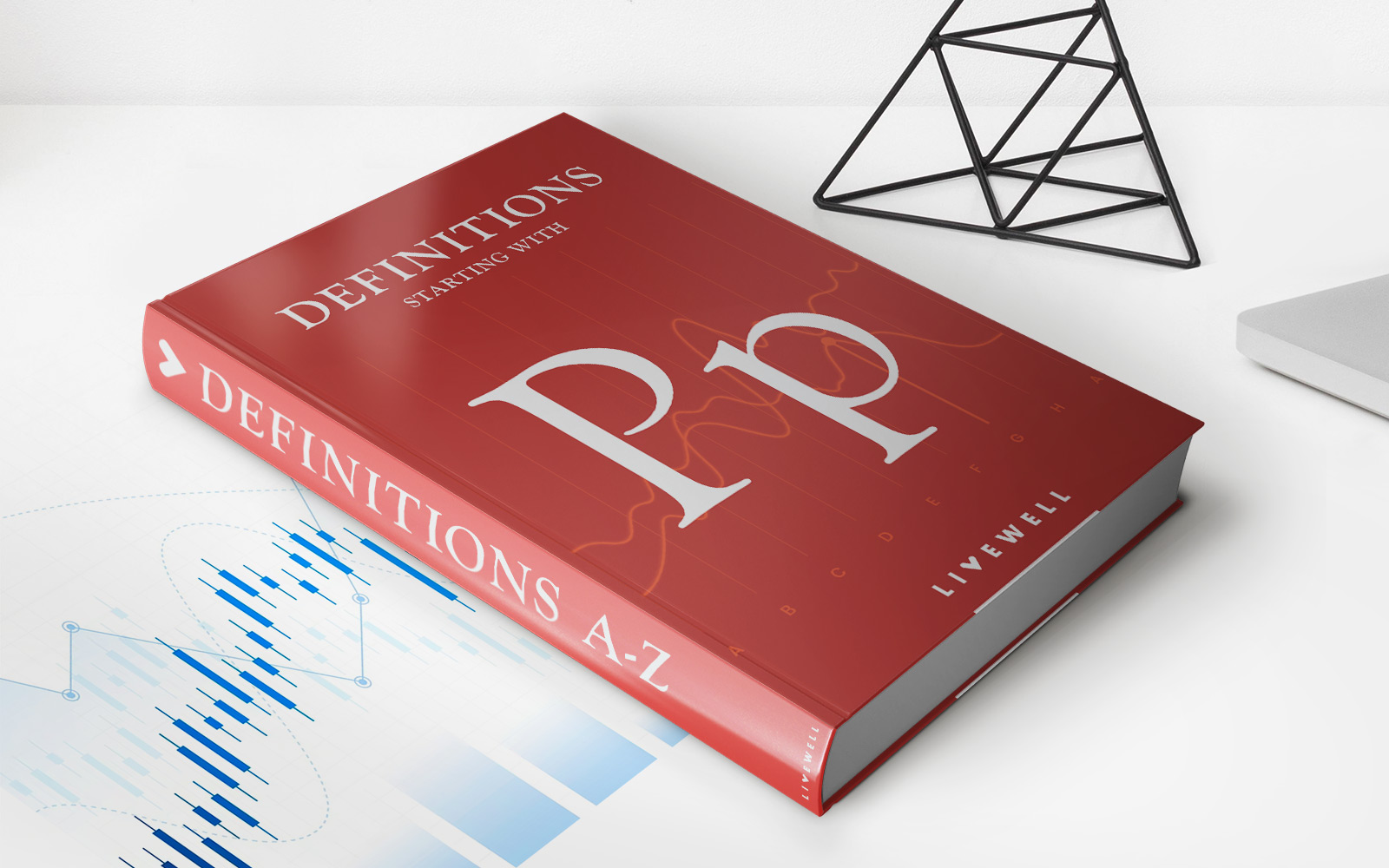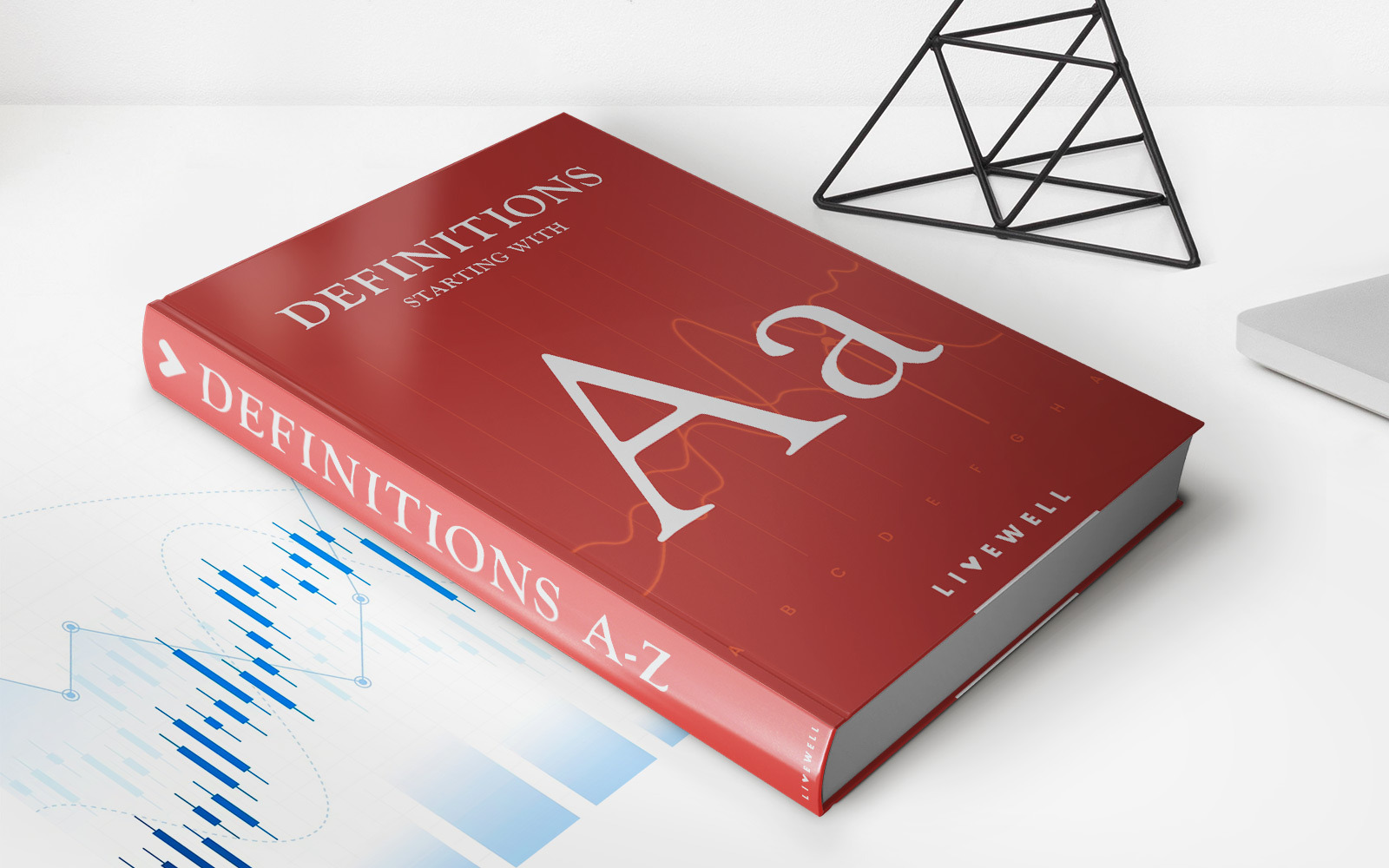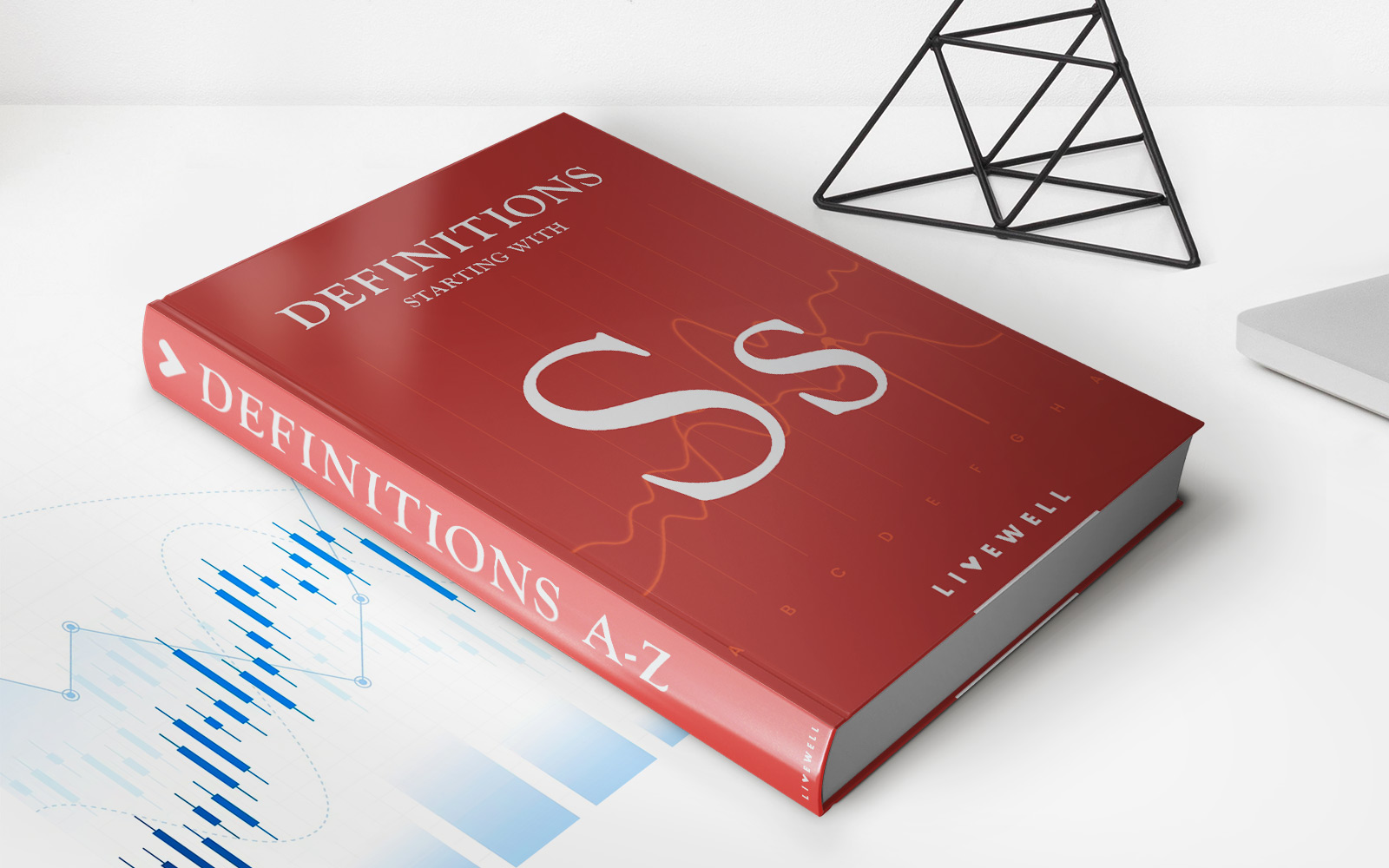Home>Finance>Restructuring Charge: Definition, Examples, And How It Works
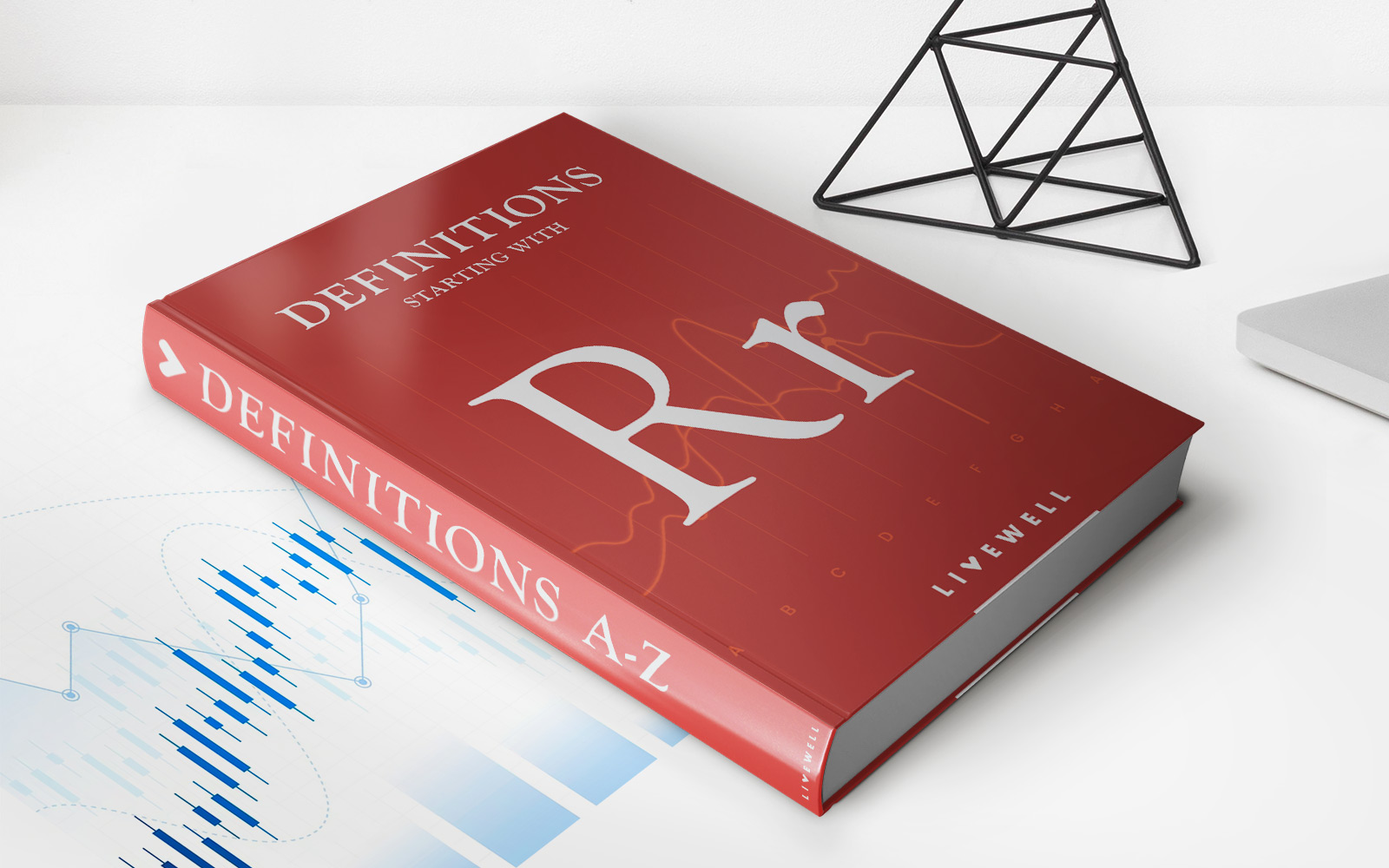

Finance
Restructuring Charge: Definition, Examples, And How It Works
Published: January 19, 2024
Discover the meaning of restructuring charge in finance, explore real-life examples, and gain insights into how this concept works to impact businesses.
(Many of the links in this article redirect to a specific reviewed product. Your purchase of these products through affiliate links helps to generate commission for LiveWell, at no extra cost. Learn more)
Welcome to our Finance blog!
Today, we’ll be diving into the world of finance to discuss a crucial concept that often arises in corporate settings – restructuring charges. What exactly are restructuring charges, examples of how they are applied in real-life scenarios, and how do they work? We will answer all these questions and more in this comprehensive guide. So, without further ado, let’s get started!
Key Takeaways:
- A restructuring charge is an accounting term that refers to the expenses a company incurs when it undergoes significant organizational changes.
- Restructuring charges can include costs related to layoffs, asset impairments, lease terminations, relocation expenses, and more.
Understanding Restructuring Charges
Restructuring charges are financial expenses that a company incurs when it goes through a significant reorganization or transformation. These charges are often recognized on the company’s financial statements and are used to reflect the costs associated with the restructuring process. It is important to understand that these charges are one-time, non-operating expenses that can significantly impact a company’s financial performance in the short term.
Examples of Restructuring Charges
Restructuring charges can take various forms depending on the nature of the organizational changes. Below, we illustrate some common examples of restructuring charges that companies may encounter:
- Layoffs and severance packages: When a company downsizes its workforce, it incurs expenses related to severance payments, employee benefits, and outplacement services.
- Asset impairments: If a company decides to abandon or sell certain assets, it may record impairment charges to reflect the decreased value of those assets.
- Lease terminations: Canceling lease agreements in office buildings or retail spaces often incurs costs such as penalties or payments to terminate the lease agreement.
- Relocation expenses: If a company decides to relocate its operations or consolidate offices, it may face expenses related to moving equipment, office setup, or employee relocation packages.
How Restructuring Charges Work
Typically, when a company decides to undergo a significant restructuring process, it carefully assesses the expected costs and benefits of the changes. Once the company initiates the restructuring, it will account for the costs associated with the transformation as restructuring charges.
These charges are often recorded on the company’s income statement as a separate line item, providing transparency to investors and other stakeholders about the financial impact of the restructuring. It is crucial to note that restructuring charges are considered non-recurring items and are therefore excluded from the calculation of a company’s ongoing operating performance.
In Conclusion
Restructuring charges are a key aspect of finance that companies must consider when undergoing significant organizational changes. By understanding what restructuring charges are, examples of when they are applied, and how they work, businesses can make informed decisions and accurately reflect the financial impact of their restructuring activities.
We hope this guide has provided you with valuable insights into the world of restructuring charges. Remember, the next time you hear about a company undergoing a reorganization, you’ll know that there’s more to it than meets the eye!
